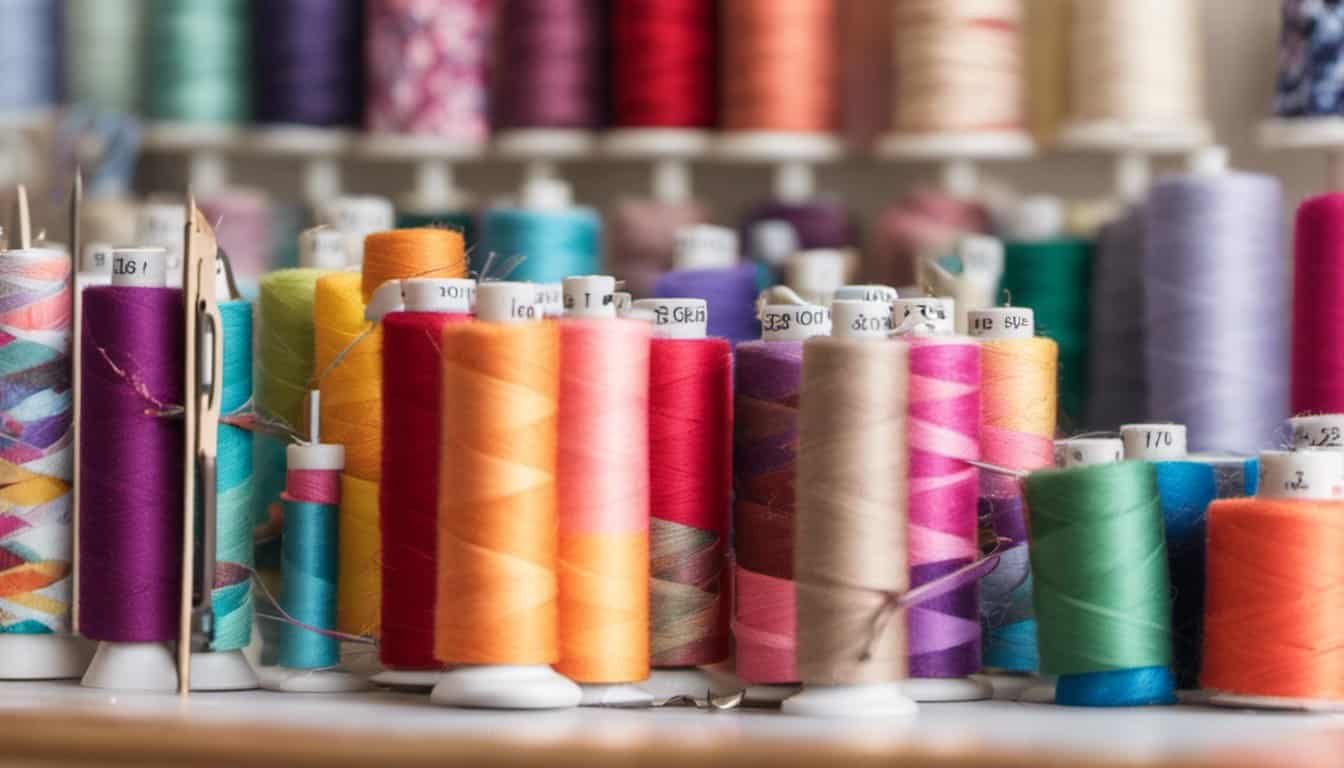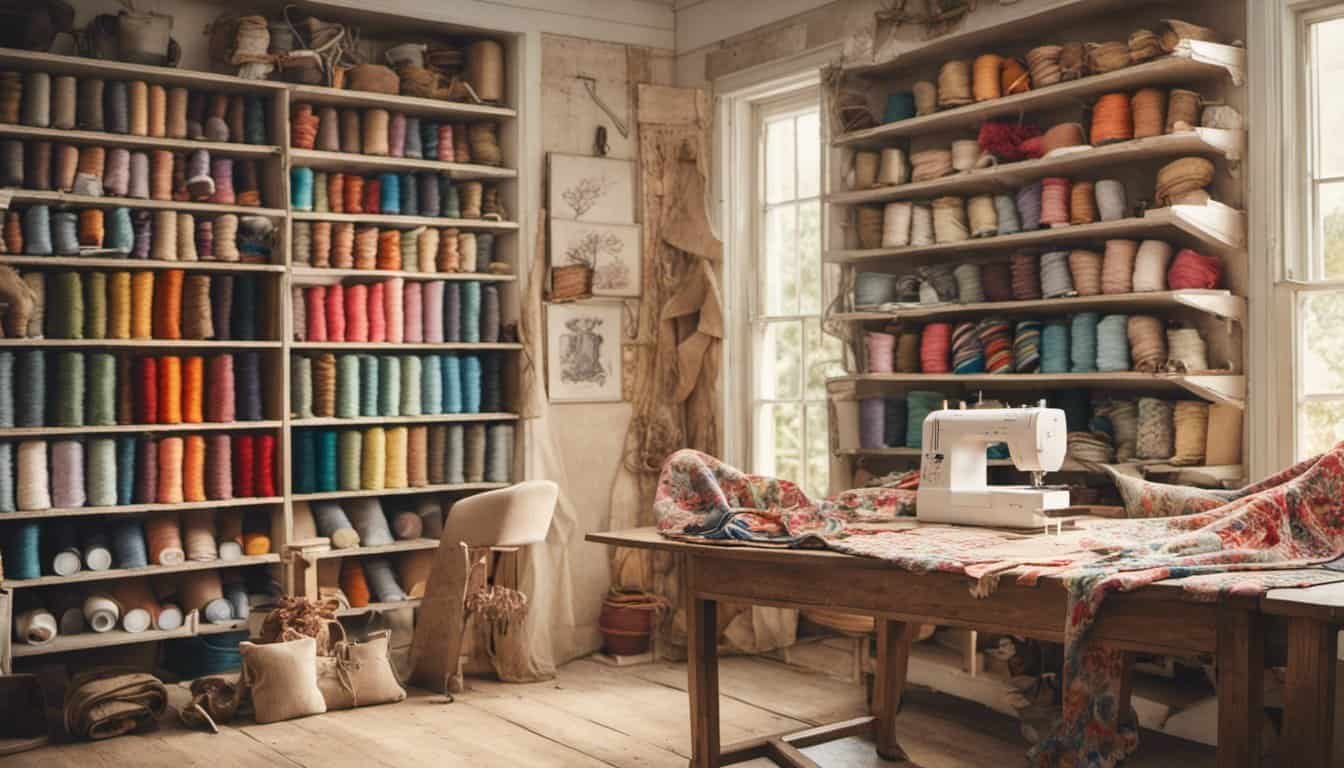I’ve always loved the idea of making something both practical and personal, and sewing a lunch bag with insulation is the perfect blend of creativity and functionality. Whether it’s for work, school, or a picnic, a handmade lunch bag adds a unique touch to your daily routine while keeping your food fresh and ready to enjoy.
What’s great about this project is how customizable it is—you get to choose the fabric, size, and style that suit your needs. Plus, adding insulation makes it even more useful, especially for keeping meals at the right temperature. Don’t worry if you’re not a sewing expert; this project is totally beginner-friendly and fun to tackle.
Materials Needed
Creating an insulated lunch bag starts with assembling the right materials. I always recommend using durable, easy-to-clean options to ensure functionality and longevity.
Fabric Choices
Select two fabrics—one for the outer layer and one for the lining. For the outer layer, consider cotton canvas or oilcloth for durability. For the lining, use food-safe, waterproof fabric like PUL or ripstop nylon. This combination resists spills and keeps the bag fresh.
Insulation Options
Choose insulation materials that help maintain temperature. I recommend Insul-Bright for its reflective properties and thermal resistance. If you need additional padding, add fusible fleece to give the bag more structure while boosting insulation effectiveness.
Additional Tools and Equipment
Gather essential tools to simplify the sewing process. Use a rotary cutter and cutting mat for precise measurements. Select polyester thread for its strength and resilience. A sewing machine is necessary for assembling the layers, and quilting clips work better than pins when handling thicker or layered fabrics. For added convenience, a zipper or hook-and-loop tape makes a great closure option.
Preparing the Materials
By gathering and prepping the necessary materials, crafting a well-insulated lunch bag becomes efficient and enjoyable. Adequate preparation ensures smooth sewing and a polished final product.
Cutting the Fabric and Insulation
I cut the outer fabric, lining, and insulation to the desired sizes before starting. For a standard lunch bag, I use two pieces measuring 12″ x 14″ for both the outer and lining fabric. I also cut two matching pieces of Insul-Bright or preferred insulation material. Using a rotary cutter on a cutting mat helps achieve clean, precise edges. To reinforce the base, I cut an additional rectangular piece, typically 6″ x 9″, from each material.
Measuring and Marking Dimensions
I measure and mark seam allowances and fold lines on the fabric for accurate construction. A fabric marker or chalk pencil works well for this. I typically mark a 1/2″ seam allowance around all edges and draw any fold lines based on the bag’s design, such as the bottom gusset. Marking alignment points for attaching closures like zippers ensures proper placement during assembly.
Sewing the Lunch Bag
Once the materials are prepped, assembling the lunch bag is straightforward. Each step ensures a sturdy, functional, and visually appealing final product.
Creating the Interior and Exterior Layers
I start by layering the outer fabric pieces, right sides facing each other. With the lining fabric, I do the same. Sewing three sides of both fabric pairs together, I leave one shorter edge open for the bag opening. A ⅜-inch seam allowance works well for maintaining structure.
After sewing, I clip the corners diagonally, ensuring sharp corner points without excess bulk. Turning both the outer and lining layers right side out is essential. Pressing the seams with an iron gives the layers a crisp finish, which improves the results when assembling the bag later.
Attaching the Insulation Layer
To attach insulation, I layer it between the wrong sides of each fabric pair. Insul-Bright works best if the heat-reflective side faces outward, toward the external fabric. Using quilting clips prevents shifting during sewing, as pins can tear or damage insulation.
I stitch along the same three sides as earlier, encasing the insulation securely. Reinforcing stitches at the corners adds durability. If using fusible fleece for additional padding, it helps to iron it onto the fabric before stitching to save time and achieve better alignment.

Sewing the Bag Together
For assembly, the lining gets tucked into the outer bag with the wrong sides together. Ensuring the fabric and insulation align evenly along the edges makes attaching the closure smoother. A single top seam along the open edges secures the layers.
Adding closures like zippers or hook-and-loop tape requires precise measurement and marking. I baste these in place before sewing with durable polyester thread. This part benefits from using a zipper foot if installing a zipper, guaranteeing accuracy near the teeth.
The finished bag can stand upright by sewing box corners along the base. Pinching each corner into a triangle, I sew across the point about 2 inches from the tip, then trim any excess fabric. This step creates a flat, stable bottom for holding containers or bottles securely.
Adding Finishing Touches
Finishing touches make the lunch bag functional and visually appealing. These steps personalize the design while ensuring durability.
Adding Handles or Straps
Handles or straps make carrying the lunch bag convenient. I cut two strips of sturdy cotton webbing or matching fabric, each 14″-16″ long, depending on the desired length. For fabric handles, I fold and sew the strips lengthwise with reinforced stitching.
« Master Sewing a Duvet Cover: Top Tips and Tricks for a Stunning DIY Bedroom Upgrade
DIY Delight: Easy Guide to Sewing a Fabric Wine Bag for Perfect Gifting Every Time »
I attach the handles securely by marking equal distances from the bag’s edges, typically 3″ from each side. The ends are aligned with the top edge of the bag, then sewn in place with a box-and-cross stitch pattern for extra strength. For adjustable straps, I add sliders or buckles.
Securing the Closure
Closures keep the bag contents secure. I use hook-and-loop tape, magnetic snaps, or a zipper based on preference. If using a zipper, I align it along the top edge and stitch it onto the fabric layers, ensuring smooth operation with a zipper foot.
For hook-and-loop tape, I sew one strip to the bag’s inner flap and the other strip to the main body. Magnetic snaps require punching small holes and attaching the pronged fasteners through reinforcement material. I check alignment to ensure proper closure.
Decorative Details
Decorative details elevate the bag’s appearance. I add embellishments like embroidery, fabric appliqués, or iron-on patches to customize the design. Using contrasting or decorative stitching along seams adds a polished look.
I also sew on fabric labels, attach buttons, or add small pockets to the exterior for style and functionality. Choosing thread colors or prints that complement the bag enhances the final aesthetic.

Tips for Success
Paying attention to details can elevate your handmade lunch bag. Careful material choices and maintenance habits ensure durability and long-term use.
Selecting Durable Materials
I recommend using fabrics that handle wear and tear gracefully. Sturdy options like cotton canvas, oilcloth, or denim work well for the outer layer. For the lining, I always use waterproof, food-safe materials like PUL or ripstop nylon to make cleaning easy. When choosing insulation, Insul-Bright provides excellent thermal resistance; pairing it with fusible fleece adds extra cushioning and structure.
Pre-shrinking washable fabrics prevents unwanted shrinking later. Testing the durability of closures, such as zippers or hook-and-loop tape, against regular use keeps the bag functional over time.
Maintaining the Bag Over Time
Regular cleaning is vital for the longevity of insulated lunch bags. For washable fabrics, I spot-clean visible stains or hand wash using mild detergent. Machine wash on gentle cycles only if the outer and lining fabrics are labeled as machine-safe.
Reinforcing stress points, such as handle attachments and seams, with extra stitching ensures the bag stays intact. If closures begin to wear, I replace them promptly with strong alternatives like a heavy-duty zipper or new hook-and-loop tape. Protecting the bag from sharp objects inside prevents tears in the lining and insulation.

Conclusion
Sewing an insulated lunch bag is such a rewarding project. It’s practical, creative, and gives you the chance to make something truly unique. Whether you’re crafting for yourself or as a thoughtful gift, the process is just as enjoyable as the final product.
With a little patience and attention to detail, you’ll have a stylish, functional bag that keeps meals fresh and adds a personal touch to your daily routine. So grab your materials, let your creativity flow, and enjoy bringing your handmade lunch bag to life!

















